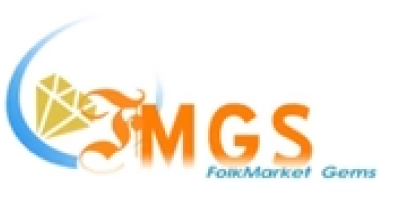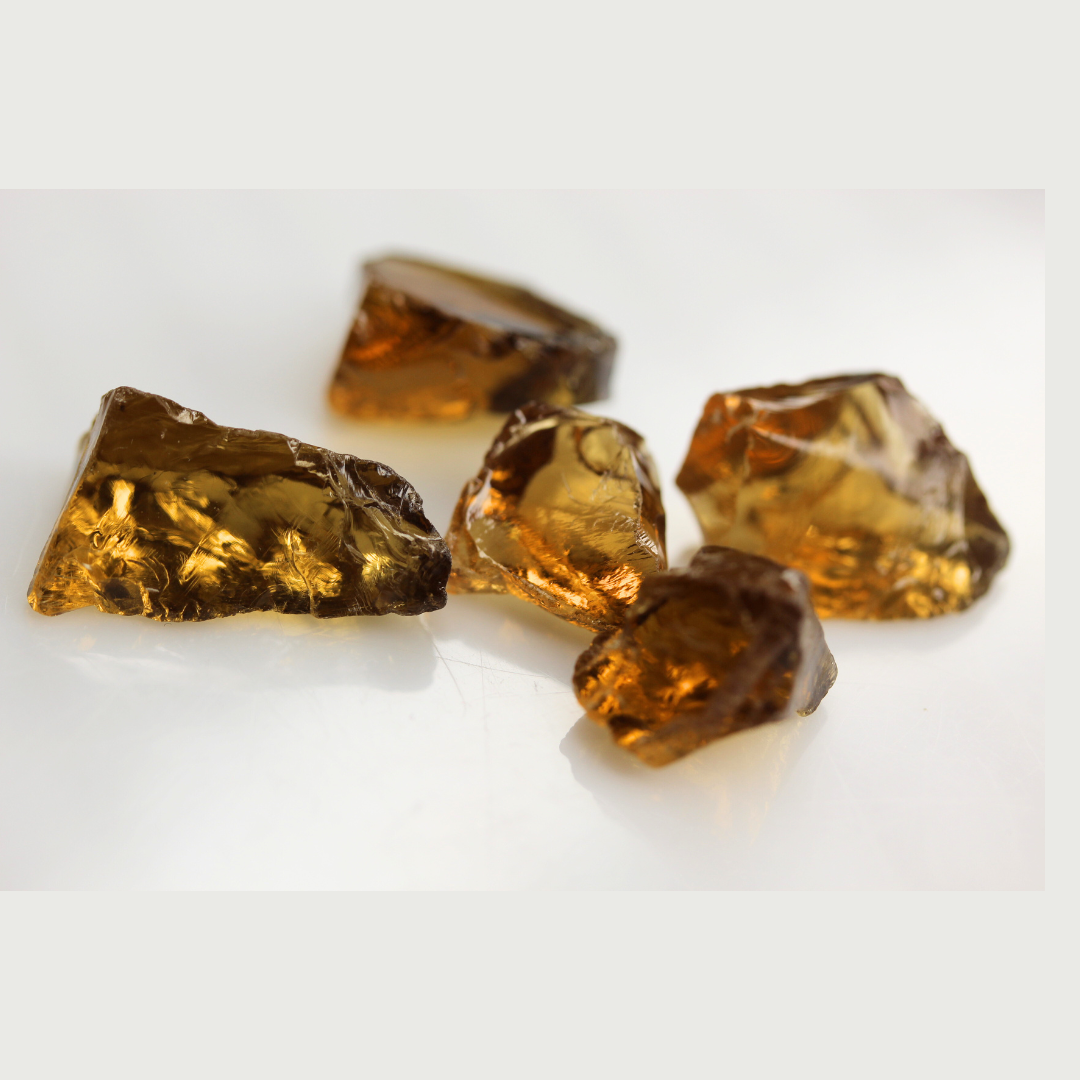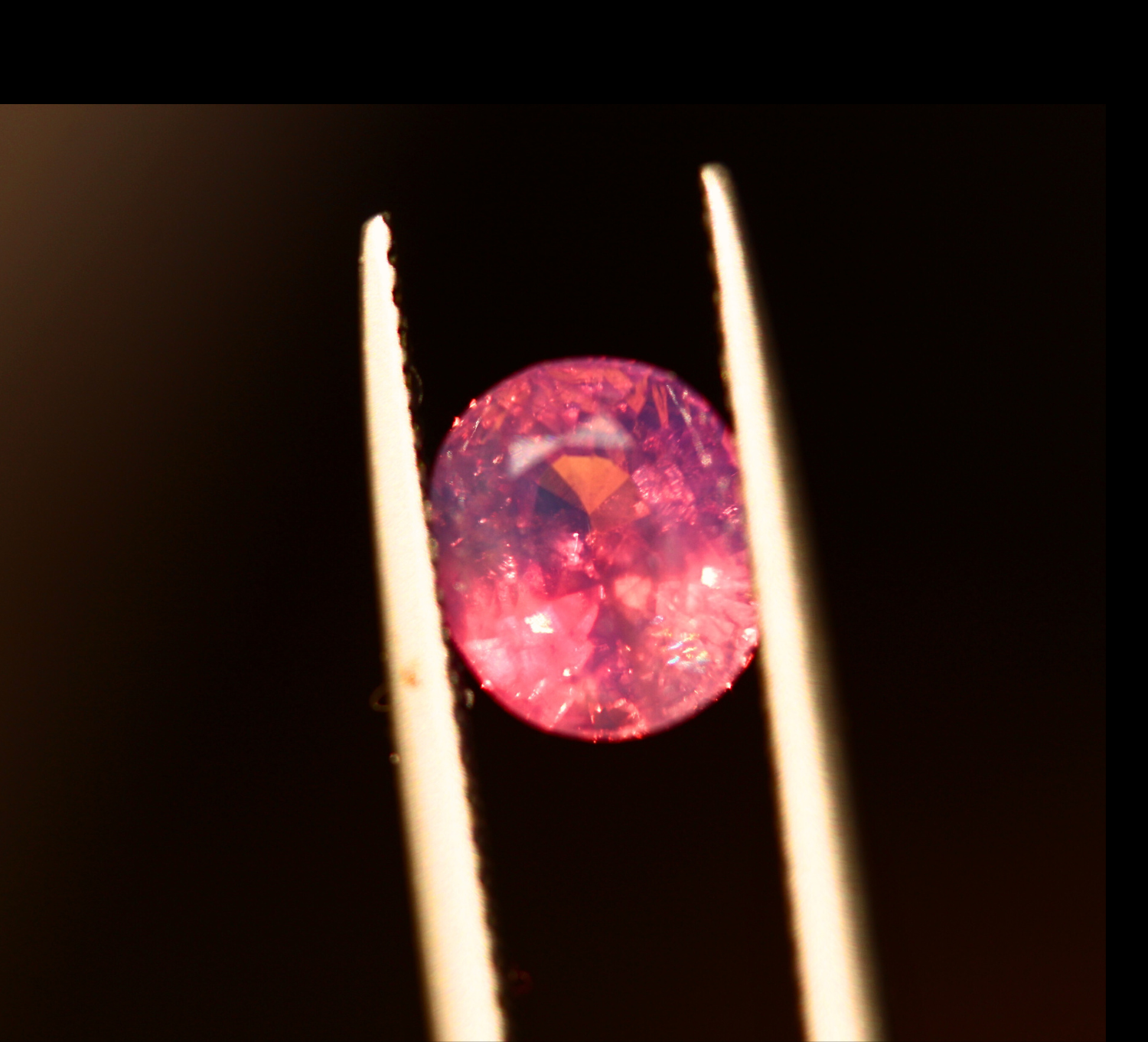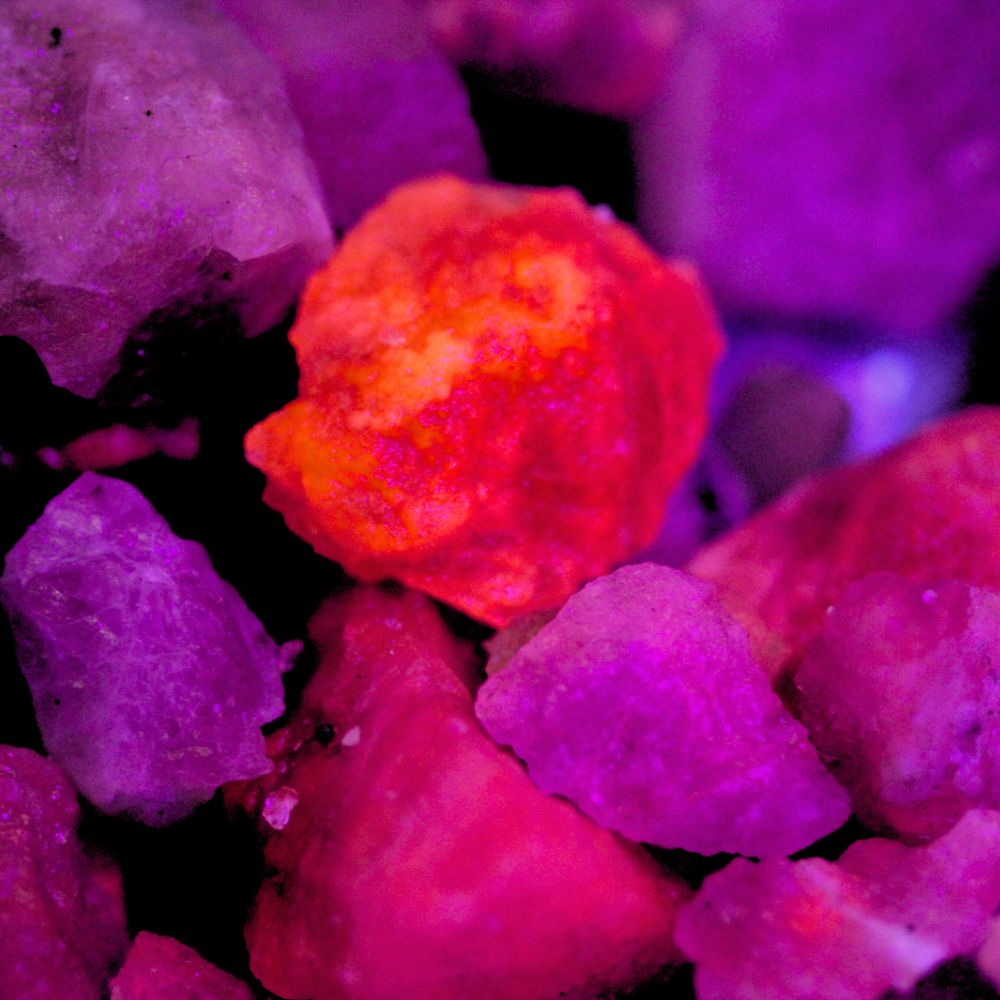
Crystallographic Systems: Grouping Crystals by Chemical Properties
Broadly, gems and minerals are distinguished by three factors that are crystal structural symmetry, chemical properties, and physical properties. In the case of crystals, two types of crystal lattices are primitive and non-primitive. Lattices are defined as symmetrical structures in which atoms, ions, and molecules inside the crystals as points in space. The points in crystals are repeated patterns of ions, molecules, and atoms within the crystals. Lattices can be divided into two main categories.
Primitive and non-primitive, primitives that have one lattice per unit cell. It is usually located on each corner of the crystals. The non-primitive unit cells have an additional set of lattice points at their surface or inside the crystals. The one-unit cell has one lattice at each corner of the crystal making it more symmetrical in its structure within the crystalline solids. The primitive has more than one lattice point in the unit cell of the crystals. The multiple lattice points can be over the surface of a unit cell or inside the unit cell making the crystal more structured.
The distribution of the crystals is not based on a fixed standard be it a form of chemical properties or chemical bonding in atoms of crystals. The division of crystals is useful in the case of minerals and gem identification. The chemical property of crystals is due to the chemical binding of the atoms within the crystals. The different variations of chemical compositions within crystals lead to the formulation of distinct traits in crystals which are used to categorize them and differentiate from other compounds. The difference between minerals and gemstones is used to identify the other types of elements having a defined structure.
How Crystals are Group by their Chemical Properties?
In the context of physical properties and chemical properties crystals are divided into four main types.
Covalent Crystals: The covalent crystals have covalent bonds within the atoms of the crystal. They exist in the form of one bigger molecule. They are also known as macromolecular crystals. They have a high melting point which means the crystals of covalent bonds can be melted at higher temperatures. They are also considered the most stable crystals, for example, diamonds and zinc sulfate crystals. They have weak intermolecular bonds among their atoms.
Metallic Crystals: The metallic crystals contain metal elements or form from the metal elements. The metals are conductors of electricity which means can conduct electricity. The metallic crystals can be converted in the form of sheets to turn into different shapes. The metallic crystals are shiny and have the potential to sustain pressure not lose their shape and retain flexibility which is called ductile. The electrons in the outer orbit of metal crystals move freely around the lattice as metal atoms located on the lattice sites as separate entities. The metallic crystals have a high melting point which boils at higher temperatures. The consistency of metallic crystals is thick and doesn't lose its shape.
Ionic Crystals: The ionic crystals are hard substances and bonded by ionic bonds. The ionic bonds are kept with electrostatic force in the lattice. They have higher melting and boiling points. The electronegative difference is more than any other type of crystal. Examples of ionic crystals are alkaline and Halides. They can only conduct electricity in the form of molten or liquid state. The ionic crystals are brittle and can easily break down into pieces when pressure is mounted on them. They cannot take wire-like shapes as ductile by nature. The table salt is one of the examples of ionic crystals.
Molecular Crystals: The molecules in molecular crystals are weak because of the van der Wall force and hydrogen bonding among its molecules. The molecular structure is maintained through the noncovalent interaction in molecular crystals. Examples of molecular crystals are rock candy, sulfur, and table salt. The molecular crystals have low melting and boiling point. They can evaporate more quickly and are volatile. The molecular crystals are soft in their structure.
Each mineral or gem can exist in many crystal forms or lattices. There is no fixed rule on how many different types of crystals can be formed. It is roughly divided into different types to categorize them without following strict rules. The crystals are roughly divided into minerals and gems to identify or classify them on the shape of crystals, chemical bounding with physical and chemical properties of crystals. The purpose of classification is to understand the crystal's structures to develop a comprehensive understanding of crystals. Crystals have many properties that are used to identify various aspects of crystals by correlating or differentiation of their chemical or physical properties.
How Crystal Structure or Crystal Systems help in Crystal Identification?
There are seven structures or systems to divide the crystals that are as follows:-
Cubic: The cubic crystals have cube-shaped crystals. Cubic crystals are commonly found in crystals and minerals. Sodium chloride NaCl. Zircon is example of Cubic crystal structure.


Hexagonal: A hexagonal system of crystals consists of two 90-degree angles and one of 120 degrees. They can rotate at 60 degrees. The atoms in hexagonal are closely packed atoms of repeated patterns in crystal lattice. Emeralds, Aquamarine crystals are one of the hexagonal crystals examples.


Tetragonal: The tetragonal crystals ' three axes converge at 90 degrees. It is a different isomeric system in which one axe is longer than the other two axes. Tetragonal crystals have all axes in the same length. It includes apophyllite, idocrase, rutile, scapolite, wulfenite, and zircon.


Trigonal: It is a sub-division of a hexagonal system. Trigonal crystal has three axes with the same length intersection of 120 degrees and the fourth one is perpendicular to the plane of three axes. It has a rotation axis that represents a triangular and hexagonal cross-section of a trigonal crystal system. Quartz and calcite are two examples of trigonal crystals.


Orthorhombic: The orthorhombic crystals have three perpendicular axes that are unequal in length. It has three orthogonal vectors of unequal length. Examples of orthorhombic include Topaz, Tanzanite, Iolite, Zoisite, Danburite.


Monoclinic: The monoclinic are crystals that have two vectors of unequal length. The two vectors are 90 degrees and converge at a right angle and the third vector forms an angle other than 90 degrees. Examples of monoclinic crystals are as follows: borax, gypsum, azurite, and kaolin.


Triclinic: In triclinic crystals, angles are bend towards each other having the same length. The three similar angles when bent towards each other form different shape crystals. Some examples are Kyanite, Rhodonite, feldspar, and amazonite.










